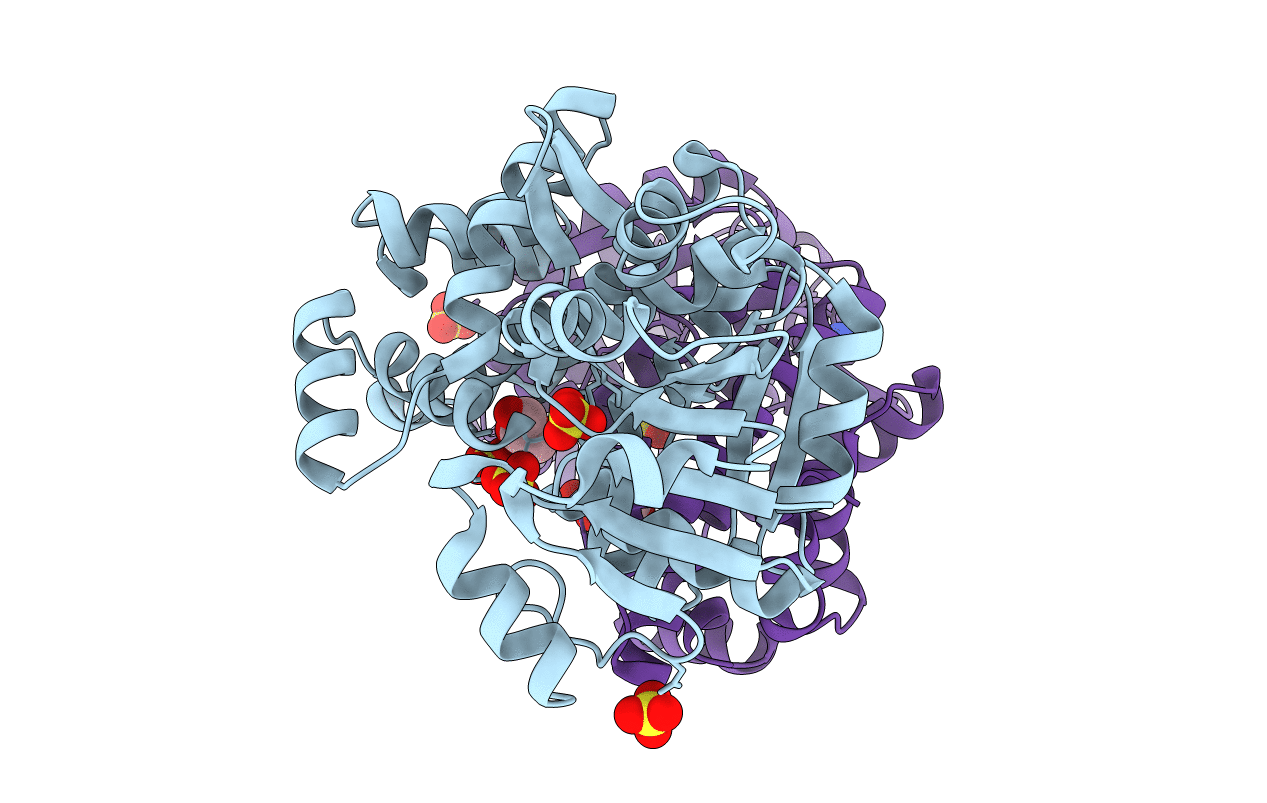
Deposition Date
2004-07-05
Release Date
2004-12-07
Last Version Date
2024-05-29
Entry Detail
PDB ID:
1TXG
Keywords:
Title:
Structure of glycerol-3-phosphate dehydrogenase from Archaeoglobus fulgidus
Biological Source:
Source Organism:
Archaeoglobus fulgidus (Taxon ID: 2234)
Host Organism:
Method Details:
Experimental Method:
Resolution:
1.70 Å
R-Value Free:
0.19
R-Value Work:
0.14
R-Value Observed:
0.15
Space Group:
P 1 21 1


